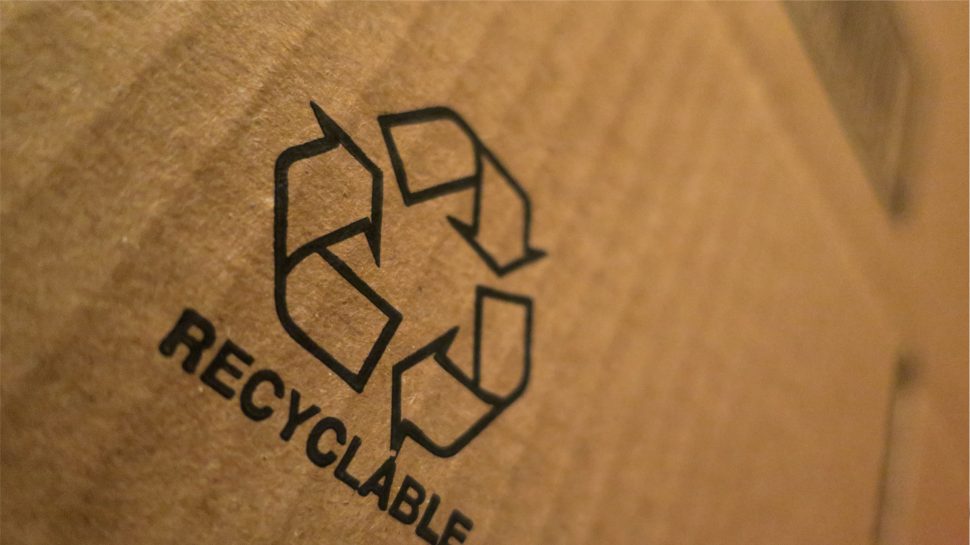The key trends shaping Australian eCommerce in 2022
From social commerce to sustainability, consumer preferences to payments, industry leaders share the latest online purchase trends at the eCommerce Summit.

Key points
- eCommerce experts will discuss key online purchase trends facing the industry at the 2022 eCommerce Summit.
- Hosted by The Australian newspaper, Australia Post is the proud sponsor of this free event on Thursday, 7 April.
- Trends including consumer behaviour, eCommerce payments, recommerce, social commerce, sustainability and supply chains will be explored.
Hosted by The Australian and sponsored by Australia Post, the 2022 eCommerce Summit provides a valuable launchpad for retailers, distributors and supply chain managers to plan their 2022 eCommerce strategy and get an edge on the competition.
Here we touch on some of the key online purchase trends the summit explores. Don’t forget – you can learn more about these trends and hear directly from industry leaders by booking your free ticket to the event.
1. The mobile-first, experience-oriented consumer
Today, 72% of consumers using their phones to shop.1 That said, consumers expect brands to meet them in their preferred channel, at the time that suits them best. Getting the customer experience right pays off, with 79% of consumers saying their experience in interacting with a brand is just as important as the products the brand offers.2
2. The payments revolution
From the meteoric rise of Buy Now Pay Later, to the growing number of brands accepting cryptocurrencies, the evolution of eCommerce payments continues. Convenience – think frictionless, real-time payments – is the name of the game here, and eCommerce providers need to keep track of the trends to deliver on consumers’ changing expectations.

3. Emerging eCommerce models
Subscription eCommerce and recommerce are two big trends to watch in 2022. With subscription-based businesses like Who Gives A Crap toilet paper, customers subscribe to receive a regular delivery of your product or service. Subscription eCommerce grew a massive 41% in the US in 20203 – and Australian consumers are clearly tapping into the trend, too.
Then there’s recommerce, the fast-growing retail concept where pre-owned items are resold online. This trend takes the notion of an op shop to a whole new level, and helps the fashion industry transition to a more sustainable, circular model.
4. Sustainability matters
Ethical and environmental issues are having a growing impact on the eCommerce industry, as we explore in this sustainability whitepaper. Consumers are more discerning than ever, choosing brands and suppliers they can trust from a sustainability standpoint.

5. Supply chain uncertainty
Across the globe, supply chains have suffered ongoing disruptions due to Covid-19 – with lockdown-related labour shortages and increased demand placing unprecedented pressure on supplies. Some predict the supply chain crisis could last another two years.4
As noted in our recent Supply Chain Leaders’ Sentiment Report, organisations are proactively embracing ways to build resilience and agility into their supply chains to help mitigate the effect of the rolling disruptions.
6. Social commerce
Essentially, social commerce is all about selling direct from social media. And it’s definitely a trend to watch. While, previously, consumers tended to get inspiration for online purchases from their social feed then jump across to a reputable site to make the purchase, these days more consumers are willing to buy straight from socials.
Considering that 97% of Gen Z consumers say social media is their main source of inspiration, and 62% of 16- to 39-year-olds will buy direct from their social feeds,5 social commerce forms an important component of any brand’s overall eCommerce strategy
Looking for more ways to help your online business grow?
Looking for more ways to help your online business grow?
Learn how MyPost Business can help you save time and money on parcel sending.
Related articles

Your eCommerce guide to making returns easy
Your eCommerce guide to making returns easy
1 Forbes, 2020, How Covid-19 is reshaping eCommerce
2 Salesforce, 2021, State of the connected customer
3 eMarketer Insider Intelligence, 2021, More US consumers likely to continue shopping via ecommerce subscription models
4 Guardian, 2021, Global supply chain crisis could last another two years, experts warn
5 INC, 2021, Why you can’t afford to ignore social commerce in 2022


